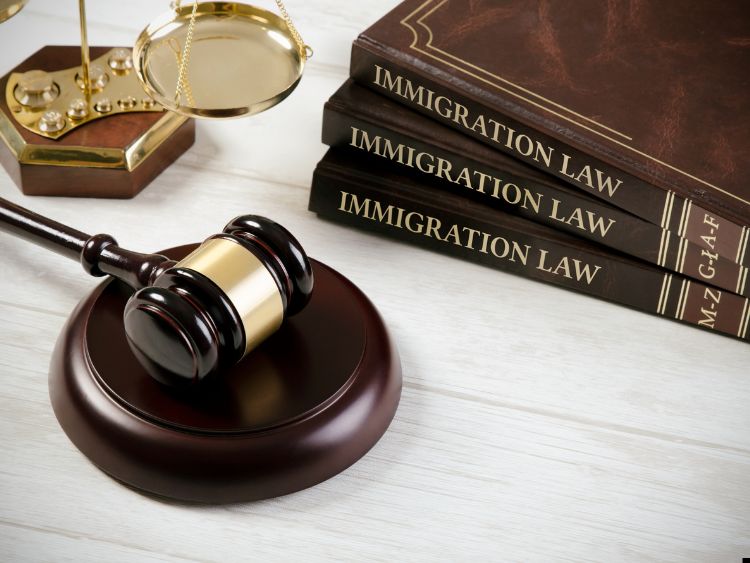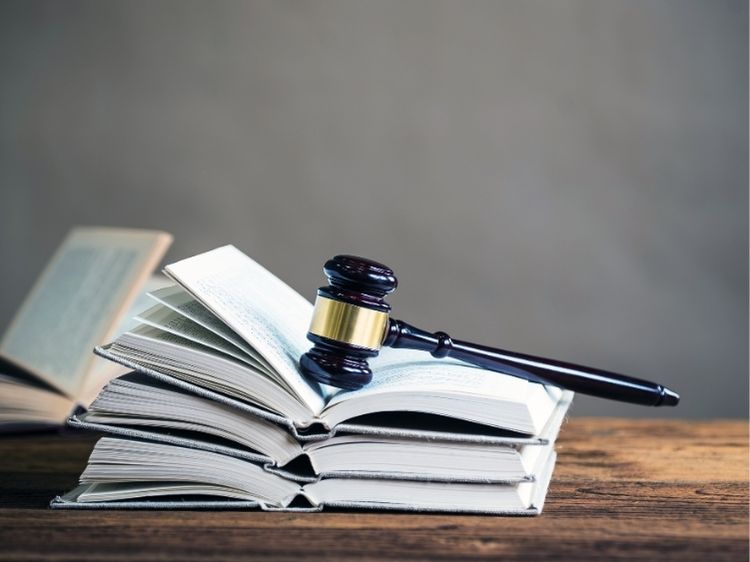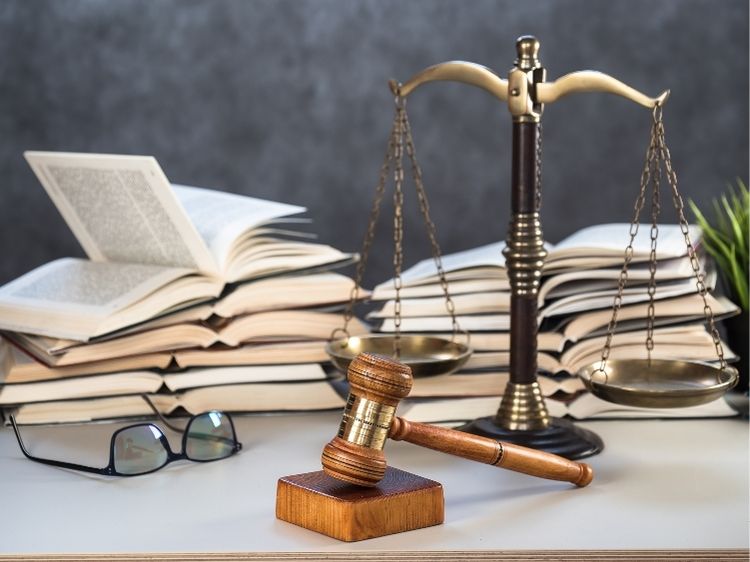Product Liability Tort Law: Understanding the Legal Landscape
Ever wondered what happens when a product you purchase turns out to be defective and causes you harm? That’s where Product Liability Tort Law steps in. This area of law is a vital part of consumer protection, ensuring that manufacturers, distributors, and sellers are held accountable when their products cause injury or damage. Whether you’re a consumer, a business owner, or just curious about how this legal mechanism works, understanding product liability tort law is essential.
In this article, we’ll dive deep into the concept of product liability tort law, exploring its importance, key elements, and the legal processes involved. From understanding the types of defects that can lead to liability to exploring real-life cases, we’ll cover everything you need to know. So, let’s get started!
What is Product Liability Tort Law?
Product liability tort law refers to the legal rules and principles that hold manufacturers, distributors, suppliers, and retailers responsible for any injuries or damages caused by their products. Unlike contract law, which deals with breaches of agreements between parties, product liability falls under tort law, focusing on civil wrongs that cause harm or loss to individuals.
This branch of law is crucial in maintaining a balance between consumer protection and fair business practices. It ensures that those who produce and sell products do so with the highest regard for safety, and it provides a legal avenue for consumers to seek compensation if they are harmed by defective products.
The Importance of Product Liability Tort Law
Why is product liability tort law so important? Imagine a world where manufacturers could produce goods without any regard for safety. Consumers would be at constant risk, and the market would be flooded with dangerous products. Product liability tort law acts as a safeguard, compelling businesses to prioritize safety and quality in their manufacturing processes.
Here are a few key reasons why this area of law is essential:
- Consumer Protection: It provides a legal framework for consumers to seek redress if they are harmed by a defective product.
- Deterrence: By holding companies accountable, it discourages the production and distribution of unsafe products.
- Fairness: It ensures that the burden of a defective product does not fall solely on the consumer, but is shared by those responsible for its production and distribution.
Types of Product Liability Claims
Product liability claims typically fall into three main categories: manufacturing defects, design defects, and failure to warn (also known as marketing defects). Each type of claim involves different legal principles and requires specific evidence to prove.
- Manufacturing Defects: These occur when a product is flawed due to an error in the manufacturing process. Even if the design is safe, a mistake during production can make the product dangerous. For example, a batch of cars may have faulty brakes due to a manufacturing error, leading to accidents.
- Design Defects: A design defect exists when a product’s design is inherently unsafe, even if manufactured correctly. This means that every unit of the product poses a risk to consumers. An example could be a children’s toy with small, detachable parts that present a choking hazard.
- Failure to Warn (Marketing Defects): This type of claim arises when a manufacturer fails to provide adequate warnings or instructions about the product’s potential risks. For instance, a pharmaceutical company might be liable if it does not warn users about dangerous side effects of a medication.
Legal Theories in Product Liability Cases
When pursuing a product liability case, plaintiffs typically rely on one or more legal theories to establish liability. These include negligence, strict liability, and breach of warranty.
- Negligence: In a negligence claim, the plaintiff must prove that the defendant failed to exercise reasonable care in the design, manufacture, or marketing of the product. This might involve showing that the manufacturer knew or should have known about the defect but failed to take appropriate action.
- Strict Liability: Under strict liability, the plaintiff does not need to prove negligence. Instead, they must demonstrate that the product was defective and that the defect caused their injury. This legal theory is particularly beneficial for consumers, as it simplifies the burden of proof.
- Breach of Warranty: This involves a claim that the product failed to meet the terms of its express or implied warranties. An express warranty is a specific promise made by the seller about the product’s quality or safety, while an implied warranty is an unspoken guarantee that the product is fit for its intended use.
Key Elements of a Product Liability Case
For a product liability case to be successful, certain elements must be proven. These elements form the foundation of the plaintiff’s case and are critical to securing a favorable outcome.
- Defective Product: The plaintiff must demonstrate that the product was defective. This could be due to a manufacturing flaw, a design issue, or a failure to warn about potential dangers.
- Causation: It’s not enough to show that the product was defective; the plaintiff must also prove that the defect directly caused their injury or loss. This often requires expert testimony and detailed evidence.
- Injury or Damage: The plaintiff must have suffered an actual injury or damage as a result of the defect. This could include physical harm, financial loss, or property damage.
- Product Use: The plaintiff must show that they were using the product as it was intended or in a reasonably foreseeable manner at the time of the injury.
Real-Life Examples of Product Liability Cases
Product liability cases are not just theoretical concepts; they have real-world implications that can lead to significant legal and financial consequences for companies. Here are a few notable examples:
- The Ford Pinto Case: In the 1970s, Ford faced a massive product liability case due to the design defect in its Pinto model. The car’s fuel tank was prone to exploding in rear-end collisions, leading to numerous fatalities. Ford’s decision to prioritize cost-saving over safety led to a landmark case in product liability law.
- Johnson & Johnson’s Talcum Powder Lawsuits: Johnson & Johnson faced multiple lawsuits alleging that their talcum powder products caused cancer due to asbestos contamination. These cases have resulted in substantial settlements and have highlighted the importance of adequate warning labels and safety testing.
- Toyota’s Unintended Acceleration: In the early 2000s, Toyota faced numerous lawsuits related to unintended acceleration in its vehicles. The issue was linked to both design defects and manufacturing flaws, leading to significant recalls and legal challenges.
FAQs on Product Liability Tort Law
Q: What should I do if I’m injured by a defective product?
A: If you’re injured by a defective product, seek medical attention immediately. Then, document the injury and the product’s defect, keep the product as evidence, and consult with a lawyer specializing in product liability.
Q: Can I sue if I wasn’t the one who bought the product?
A: Yes, you can. Product liability claims are not limited to the person who purchased the product. Anyone injured by the defective product may have a valid claim.
Q: What damages can I recover in a product liability case?
A: You may be able to recover damages for medical expenses, lost wages, pain and suffering, and in some cases, punitive damages intended to punish the defendant.
Q: How long do I have to file a product liability lawsuit?
A: The time limit, known as the statute of limitations, varies by state. It typically ranges from two to four years from the date of the injury. It’s crucial to consult with a lawyer as soon as possible to ensure you don’t miss this deadline.
Conclusion
Product liability tort law plays a vital role in protecting consumers and ensuring that companies prioritize safety in their products. Whether it’s a manufacturing defect, a design flaw, or a failure to warn, this area of law provides a crucial avenue for injured parties to seek compensation.
Understanding the legal principles and processes involved in product liability cases can help you navigate these complex issues if you ever find yourself affected by a defective product. Remember, the law is there to protect you, so don’t hesitate to take action if you believe you’ve been wronged.


